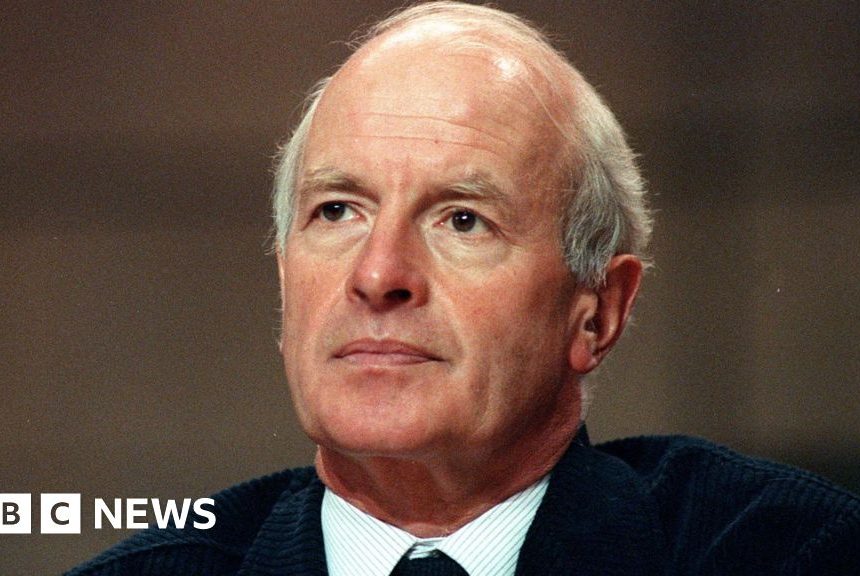After a quarter-century of existence, the global triumph of Monkey D Luffy – a fresh-faced and rubber-bodied pirate captain – had seemed almost complete. The One Piece manga series, of which he is the freedom-fighting hero, had become the bestselling of all time, with more than 500m copies bought. The anime was a similar hit, with viewers immersing themselves in over a thousand episodes following his struggle against the World Government, a corrupt and tyrannical oligarchy.
Yet Luffy has now found a new lease of life as inspiration to protesters in a wave of youthful unrest across continents. His crew’s flag – a skull and crossbones crowned with his jaunty straw hat – has appeared from Morocco to Madagascar in recent days. Indonesians enthusiastically adopted it this summer, in a riposte to the president’s urging to fly the national standard. Officials were so alarmed that they threatened to jail those using it. It was perhaps the first time that Amnesty International has had to defend using an anime motif.
The flag was attached to the railings of Nepal’s parliament building as it burned and the government crumbled last month, and has flown in the streets of the Philippines, Kenya and Peru. Last Friday, legislators in Lima voted to impeach the president, Dina Boluarte, reluctant to be seen to be protecting such an unpopular figure ahead of imminent elections.
Protests have been sparked by specific grievances, including anger at regular water and electricity cuts in Madagascar, where unrest is escalating; demands for education and healthcare improvements in Morocco; and fear of rising crime in Peru. The uprising in Nepal follows successful anti-government movements elsewhere in south Asia: Sri Lanka in 2022 and Bangladesh in 2024. Yet a common thread is evident. Leaderless movements are explicitly branding themselves as gen Z and adopting the emblems of protesters elsewhere as a statement of solidarity.
The recently released Egyptian writer and activist Alaa Abd el-Fattah expressed concern, in 2019, that online culture had seen the degeneration of discussion and debate: “You are in these circles of people sending gifs and heart emojis … This medium is stifling.” The accelerated spread of ideas and symbols can restrict the imaginative spaces in which protest movements exist. But it can also extend them.
Protests have always been contagious – as in Europe in 1848, or 2011’s Arab spring, or 2020’s Black Lives Matter movement. Pop culture has provided images of resistance such as the three-fingered salute from Hunger Games – banned by Thai authorities. A few years ago, young pro-democracy activists in Thailand, Taiwan, Hong Kong and Myanmar spoke of a “Milk Tea Alliance”: each place had a different version of the drink, but it acted as shorthand for their shared struggle against autocracy, as the historian Jeffrey Wasserstrom notes in a new book.
The current protesters are consciously borrowing symbols and cultivating links because they perceive similar commonalities, even outside their region. Gen Z is coming of age amid widening inequality, economic uncertainty, geopolitical instability and climate pressures. Its members resent the gap between government propaganda and promises – like the Moroccan government’s huge spending on sports infrastructure for the 2030 World Cup – and inadequate delivery for the people. The cost of living, the corruption and nepotism of leaders, and the thuggishness of security forces are persistent themes. That, rather than an addiction to memes, is what these movements really have in common.


